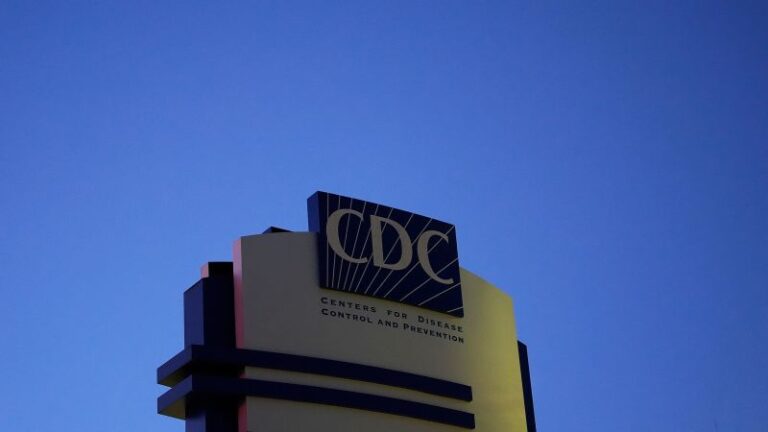Deep Cuts at the CDC: Impact on Public Health Preparedness
The US Centers for Disease Control and Prevention (CDC) recently enacted significant staff reductions, impacting crucial departments such as disease detection, outbreak forecasting, and policy development. This decision has raised alarm among public health experts and employees regarding the future of disease management and response efforts in the United States.
Reasons Behind the Layoffs
According to sources within the agency, these layoffs stem from dissatisfaction with CDC data that did not align with the administration’s narrative. An anonymous official stated that the removal of certain staff was influenced by conflicts of interest and a push for a more politically aligned workforce, undermining the CDC’s traditional commitment to science-based public health policy.
Political Pressures and Calls for Change
These layoffs follow a statement made by Health and Human Services Secretary Robert F. Kennedy Jr., who advocated for “new blood” at the CDC. In testimony before the Senate Finance Committee, he emphasized the need for unbiased, evidence-based science, urging the agency to prioritize public health over political agendas.
Timing and Method of Layoffs Raise Concerns
The layoff announcements, sent via email shortly before a holiday weekend, follow a trend of conducting such actions outside regular business hours. Employees noted that this timing, especially during a government shutdown, complicates the acquisition of severance information, as many federal workers are inaccessible.
Legal Questions Surrounding the Cuts
The legality of these layoffs has come under scrutiny, especially during a government shutdown. The American Federation of Government Employees has already filed a legal challenge against the reductions, raising concerns about workers’ rights and protections during emergencies.
Impact on the CDC’s Workforce
Initial assessments indicate that the CDC will see a significant workforce reduction, with projections estimating around 10,300 employees post-layoffs. This includes the loss of essential training staff and officers from the Epidemic Intelligence Service and substantial cuts to departments responsible for immunization and respiratory disease surveillance.
Implications for Public Health as Winter Approaches
As the country heads into the winter respiratory virus season, experts warn that the cuts threaten the CDC’s capacity to monitor and respond to surges in diseases like RSV, influenza, and Covid-19. The repercussions of these layoffs may leave the US less prepared for upcoming public health challenges, potentially jeopardizing community health and safety.
The Future of Public Health Communication
Significant cuts to the Morbidity and Mortality Weekly Report (MMWR) staff also raise concerns about the CDC’s ability to communicate critical health information. Experts fear that without robust communication channels, urgent clinical issues may remain unaddressed—further straining public health efforts.
Conclusion
The recent reductions at the CDC mark a troubling turn in the nation’s public health strategy, with consequences that could ripple through communities as they face emerging health crises. The push for a politically motivated workforce undercuts the very essence of the agency’s mission, raising urgent questions about the future of public health in America.
